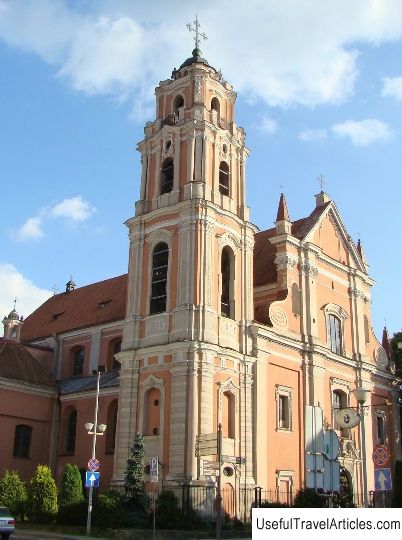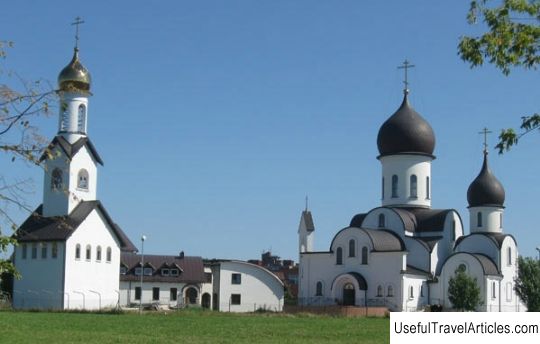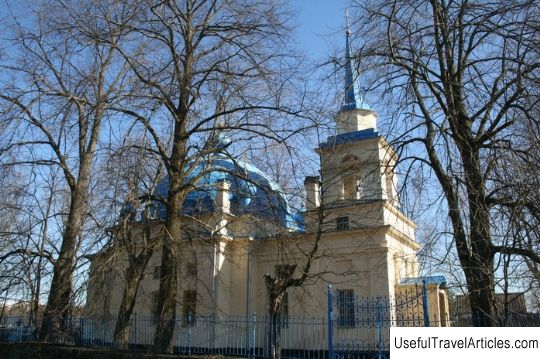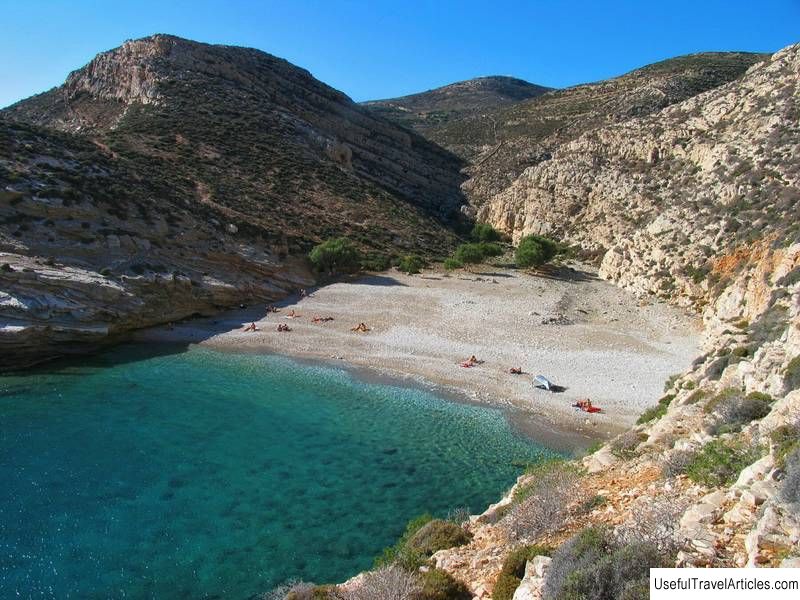All Saints Church (Baznycia Visu Sventuju spindintis Rusijos zeme) description and photo - Lithuania: Klaipeda
Rating: 7,5/10 (100 votes) 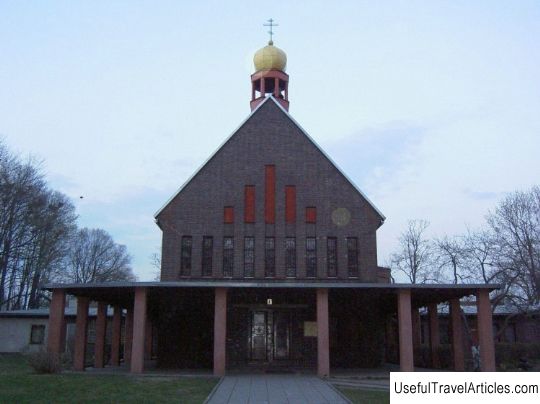
All Saints Church (Baznycia Visu Sventuju spindintis Rusijos zeme) description and photo - Lithuania: Klaipeda. Detailed information about the attraction. Description, photographs and a map showing the nearest significant objects. The name in English is Baznycia Visu Sventuju spindintis Rusijos zeme. Photo and descriptionThe architecture of the Orthodox church `` All the saints who shone in the land of Russia '' in Klaipeda has an unusual appearance. The building is more suitable for a Lutheran church of the classical type: red brick masonry, gabled roof. A small onion with an Orthodox cross clearly does not fit into the overall ensemble. But this is not surprising, since the church was built in 1910 in a Lutheran cemetery. Protracted battles for the liberation of the port city of Memel (Klaipeda) in 1944-1945 caused significant damage to this city. All possible high-altitude points from which they could observe and fire for the offensive were destroyed. The city was shelled by long-range guns of the Red Army, all the buildings of the cathedrals and the church were destroyed. Only one Protestant church, which was located in the center of the city at the Lutheran cemetery, was not destroyed. In the post-war period, Klaipeda became a port city on the western border of the USSR. Most of the population were now Russian-speaking residents, they came to rebuild the destroyed city from various republics of the Soviet Union. Fishing and merchant fleet bases and shipbuilding enterprises were actively created. Social structures developed: medicine, education, cultural centers. And if before the war there was only a small Orthodox community in the city, numbering no more than 40 people, then already in 1946 several hundred residents considered themselves Orthodox believers. After the end of the war, the experienced priest, Archpriest John Levitsky, revived Orthodox Church life. From 1945 to 1947, Fr. John repeatedly appealed to the authorities for permission to register an Orthodox community, to find a place for worship. In 1947, a meeting of the Orthodox community took place, at which the resolution of the representative of the City Executive Committee of the Council of Deputies of Klaipeda on the permission to transfer the building of the church for the needs of the Orthodox Church was included in the meeting minutes. It is known from documents of those years that the church was used at that time, before the transfer to the Orthodox Church, only for the provision of ritual services. The arrangement of the temple took about six months. It was consecrated in memory of all the saints who shone forth in the Russian land. An iconostasis was brought from one liquidated church in the Latvian city of Liepaja. Priest Feodor Rakecki became the first rector. And in December 1947 the first liturgy was celebrated. At that time, the Klaipeda community already numbered over a thousand people; it was one of the most numerous in the republic. But despite this, for a long time in the church, Lutheran services were also performed, according to an agreed schedule. The mass deportation in 1948 of Lithuanian residents to remote areas of the Soviet Union did not leave Fr. Fyodor and for his careless statements, according to a denunciation by an informant, was arrested in June 1949. The priest was sentenced under Article 58 to ten years in forced labor camps "for anti-Soviet propaganda." Released by Fr. Feodor Raketsky was only in 1956, thanks to the XX Congress of the CPSU, at which the Stalinist regime was condemned. Since 1949, Archpriest Nikolai Nedvetsky has been the rector of the Church of All Saints. October 1954 was notable for the church, then the icon “All Saints, shone in the land of Russia ”. Its creation was conceived and carried out by the rector, Fr. Nicholas in a difficult time for the church, when even simply printed icons were rare. He painstakingly collected images of Russian saints, starting from Prince Vladimir, so that later the artist could depict them on a large common icon. Currently, the Klaipeda Orthodox community at the Church of All Saints is still one of the largest. With the help of the parishioners, an extension to the building of the temple was rebuilt, there are premises for clergy. The church territory is fenced, there is a parking lot. The church has a baptismal room and a library. A refectory has been attached, where the needy are fed with charity dinners, the products for which are grown on a personal plot outside the city. There is a Sunday school. The rector in the church is Archpriest Anatoly Stalbovsky, the dean of the district, with four clergymen serve with him. These are the priests: Fr. Victor Timonin, Fr. Alexander Orinka, Fr. Petr Olekhonovich.      We also recommend reading Winchester City Mill description and photos - Great Britain: Winchester Topic: All Saints Church (Baznycia Visu Sventuju spindintis Rusijos zeme) description and photo - Lithuania: Klaipeda. |

